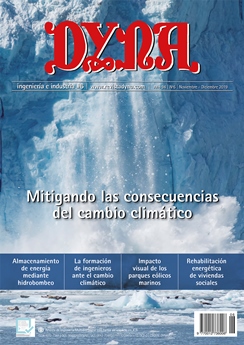EXPERIMENTAL DEVICE TO EVALUATE MINERAL TRAPPING IN SANDSTONES AS A MEANS OF SUPERCRITICAL CO2 (scCO2) STORAGE
Keywords:
Secuestro mineral, acuífero salino profundo, almacenamiento en areniscas, CO2 supercrítico, equipo alta presión y temperatura, Mineral trapping, deep saline aquifer, sandstone storage, supercritical CO2, high pressure and temperature equipmentAbstract
Carbon dioxide is the main Greenhouse Gas (GHG) due to its abundance in the atmosphere. CO2 capture and storage (CCS) technologies contribute to mitigate the effects of climate change by reducing their emissions. This requires appropriate geological environments such as deep saline aquifers with great potential on an industrial scale in Spain. They must have appropriate characteristics to ensure the tightness of CO2 and the technical viability of the injection process. The capacity of the storage is conditioned by the trap mechanisms that take place in depth. In this work, the static configuration of the ATAP (High Temperature-High Pressure) test device has been developed to reproduce the mineralization trap mechanism or mineral sequestration by applying it to a sandstone aquifer for supercritical CO2 storage (SCCO2). The equipment allows to observe the changes produced in a rock sample after it has been saturated with the fluids existing in the store (brine and SCCO2), under the pressure and temperature conditions characteristic of storage (up to 120ºC and 500 bar). To verify these changes, the technique of computed axial tomography and He pycnometry were used. The variations of porosity produced in the storage rock are compared with those obtained in studies of SCCO2 saturation by injection and in reactor carried out by other authors. Keywords: Mineral trapping, deep saline aquifer, sandstone storage, supercritical CO2, high pressure and temperature equipmentDownloads
Published
2019-11-01
Issue
Section
ARTICULOS

